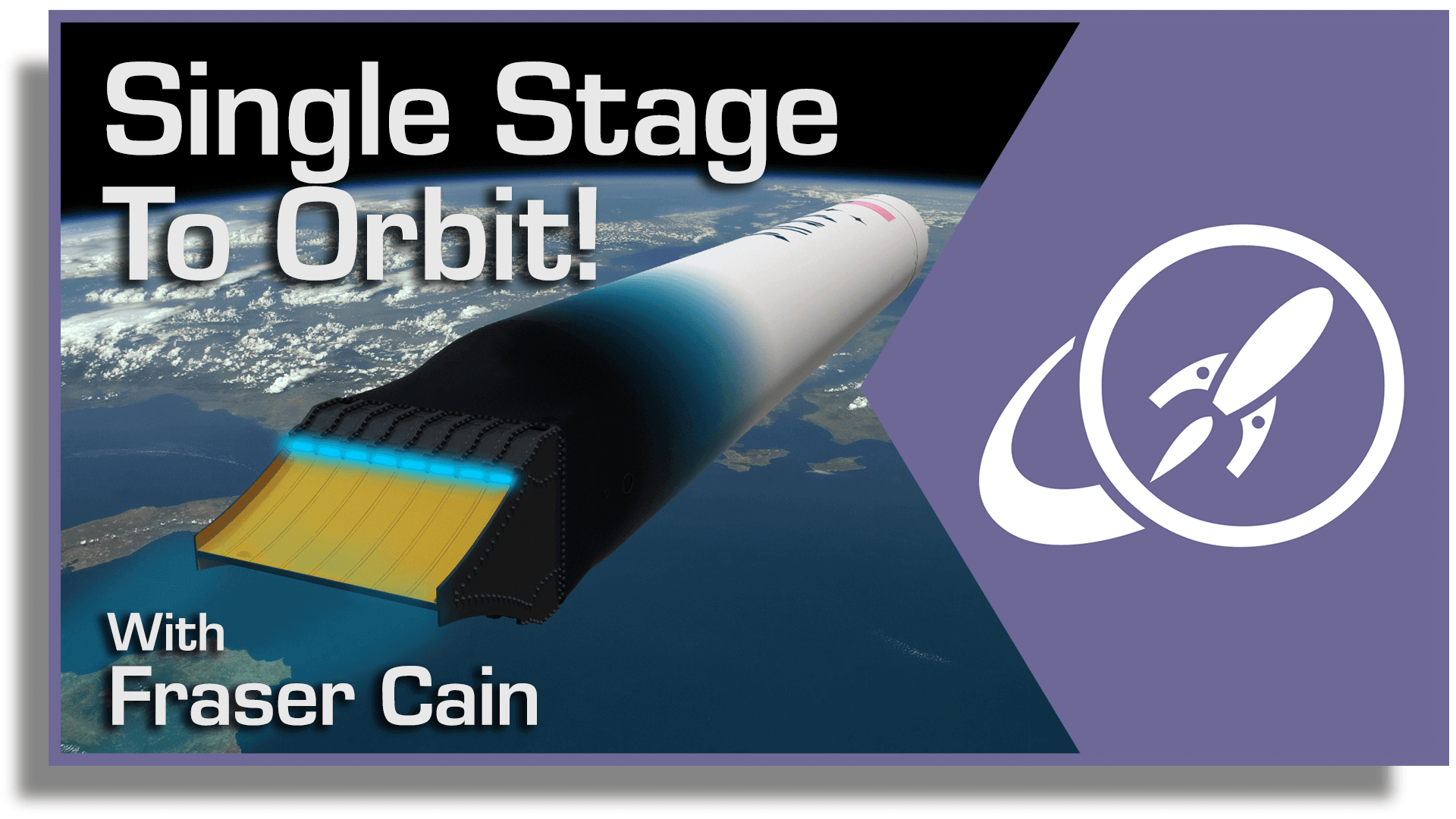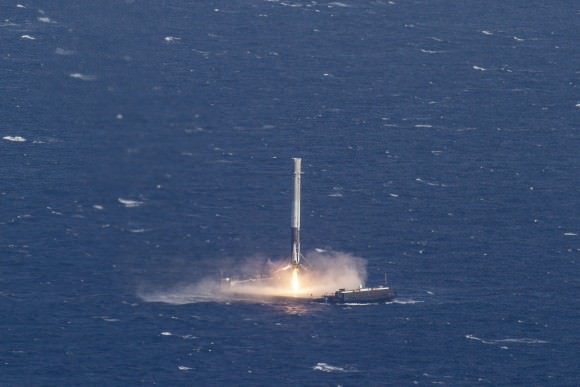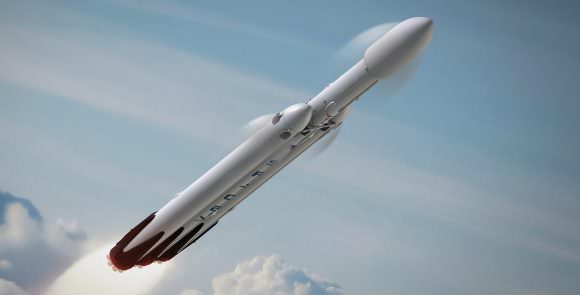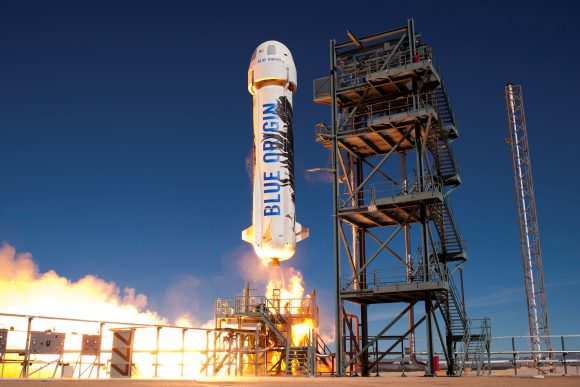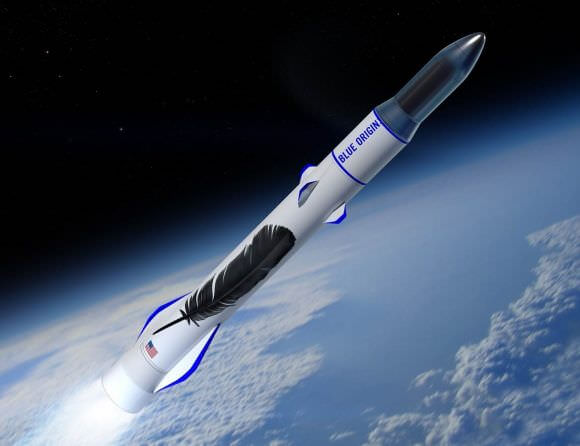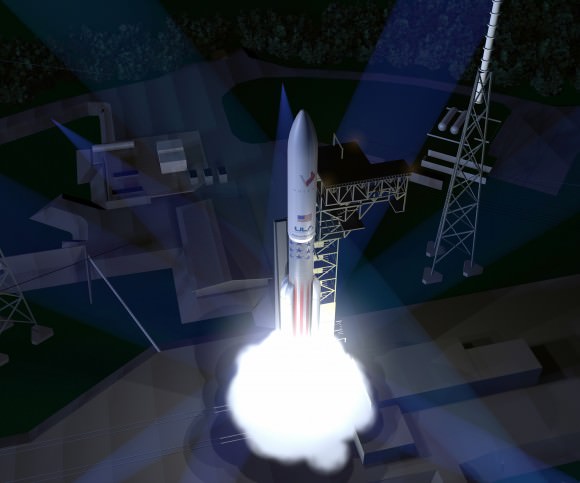Now, don’t get me wrong, Science Fiction is awesome. Like almost everyone working in the field of space and astronomy, I was deeply influenced by science fiction. For me, it was Star Trek and Star Wars. I had a toy phaser that made this awesome really loud phaser sound, and I played with it non-stop until it disappeared one day. And I was sure I’d left it in the middle of my floor, like I did with all my toys, but I found it a few years later, hidden up in a closet that I couldn’t reach. And I always wondered how it got there.
Anyway, back to science fiction. For all of its inspiration, science fiction has put a few ideas into our brains which aren’t entirely helpful. You know, warp drives, artificial gravity, teleportation, and rockets that take off, fly to space, visit other planets orbiting stars, land again.
The Millennium Falcon, Firefly, and Enterprise Shuttles are all examples of single stage to orbit to orbit spacecraft, or SSTOs.
Consider the rockets that exist in reality, you know, the Atlases, Falcons and Deltas. They take off from a launch pad, fly for a bit until the fuel is used up in a stage of the rocket, then they jettison that stage and thrust with the next stage. The mighty Saturn V was so powerful that it had three stages, as it made it’s way to orbit.

As we discussed in a previous article, SpaceX is working to make the first stage, and maybe even the second stage reusable, which is a vast improvement over just letting everything burn up, but there are no rockets that actually fly to orbit and back in a single stage. In fact, using the technology we have today, it’s probably not a good idea.
Has anyone ever worked on a single stage to orbit? What technological advances will need to happen to make this work?
As I said earlier, a single stage to orbit rocket would be something like the Millennium Falcon. It carries fuel, and then uses that fuel to fly into orbit, and from world to world. Once it runs out of fuel, it gets filled up again, and then it’s off again, making the Kessel Run and avoiding Imperial Blockades.
This concept of a rocket matches our personal experience with every other vehicle we’ve ever been in. You drive your car around and refuel it, same with boats, airplanes and every other form of Earth-based transportation.
But flying into space requires the expenditure of energy that defies comprehension. Let me give you an example. A Falcon 9 rocket can lift about 22,800 kilograms into low-Earth orbit. That’s about the same as a fully loaded cement truck – which is a lot.
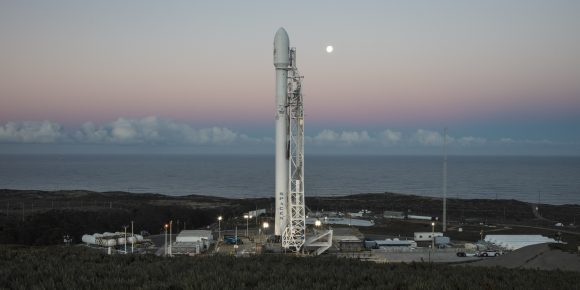
The entire fueled Falcon 9 weighs just over 540,000 kg, of which more than 510,000 kgs of it are fuel, with a little extra mass for the engines, fuel tanks, etc. Imagine if you drove a car that was essentially 95% fuel.
The problem is specific impulse; the maximum amount of thrust that a specific kind of engine and fuel type can achieve. I’m not going to go into all the details, but the most efficient chemical rockets we have, fueled by liquid hydrogen and oxygen, can just barely deliver enough thrust to get you to orbit. They have a maximum specific impulse of about 450 seconds.
Because the amount of fuel it takes to launch a rocket is so high, modern rockets use a staging system. Once a stage has emptied out all its fuel, it detaches and returns to Earth so that the second stage can keep going without having to drag along the extra weight of the empty fuel tanks.
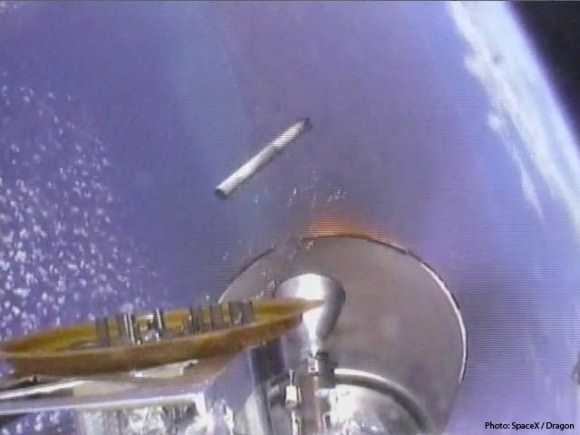
You might be surprised to know that many modern rockets are actually capable of reaching orbit with a single stage. The problem is that they wouldn’t be able to carry any significant payload.
At the end of the day, considering the chemical rockets we have today, the multi-staged profile is the most efficient and cost-effective strategy for carrying the most payload to space for the lowest cost possible.
Has anyone tried developing SSTOs in the past? Definitely. Probably the most widely publicized was NASA’s X-33/VentureStar program, developed by Lockheed Martin in the 1990s.
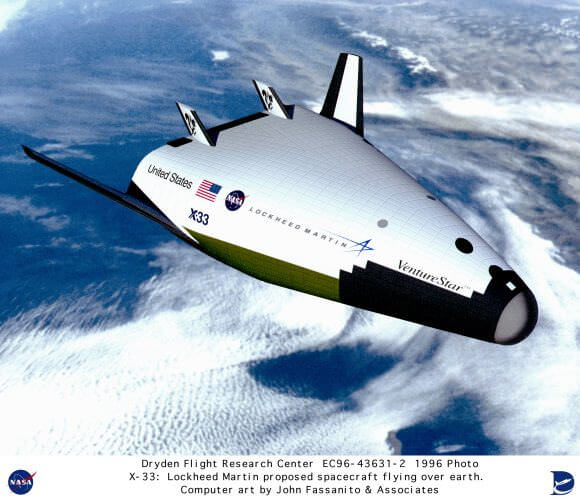
The purpose of the X-33 was to test out a range of new technologies for NASA, including composite fuel tanks, autonomous flight, and a new lifting body design.
In order to make this work, they developed a new kind of rocket engine called the “aerospike”. Unlike a regular rocket engine which provide a fixed amount of thrust, an aerospike could be throttled back like a jet engine, using less fuel at lower altitudes, where the atmosphere is thickest.
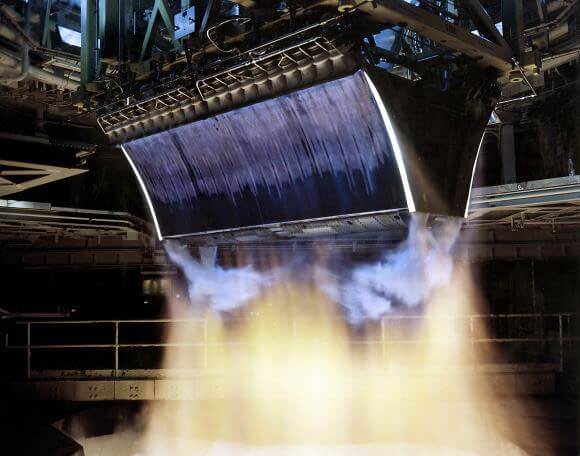
Lockheed Martin was working on a 1/3rd scale prototype, but they struggled with many of the new technologies. In the end, their failure to be able to build a composite fuel tank that could contain the liquid oxygen and hydrogen forced them to abandon the project.
Even if they could get the technology working, so the X-33 was fully reusable, its ability to carry a payload would have been dramatically lower than a traditional multi-staged rocket.
In order to really achieve the dream of single stage to orbit, we need to step away from chemical rockets and move to a type of engine that can deliver thrust more efficiently.
We know that jets work more efficiently than rockets, because they only need to carry fuel. They pull oxygen in from the atmosphere, to burn the fuel. So one intriguing idea is to make a rocket that acts like a jet engine while in the atmosphere, and then acts like a rocket once it’s out in space.
And that’s the plan with the British Skylon rocket. It would take off from a regular runway, accelerate to about 6,600 km/h reaching an altitude of 26 kilometers. All this time, its SABRE engine would be pulling in oxygen from the atmosphere, combining it with hydrogen fuel.

From this point, it would switch over to an internal liquid oxygen tank to provide oxidizer, and complete the flight to orbit. All the while using the same flexible SABRE engine. Once in orbit, it would release its 15-tonne payload and then return to Earth, landing on a runway like the space shuttle orbiter did. It’s a really creative idea.
Unfortunately, the development of the Skylon has taken a long time, with shrinking budgets limiting the amount of tests they’ve been able to do. If everything goes well, the first prototype might fly within a few years, so stay tuned to this story.
Another idea which has had some testing is the idea of a nuclear rocket. Unlike a chemical rocket, which burns fuel, and blasts it out the back for thrust, a nuclear rocket would carry a reactor on board. It would heat up some kind of working fuel, like liquid hydrogen, and then blast it out the back for propulsion.
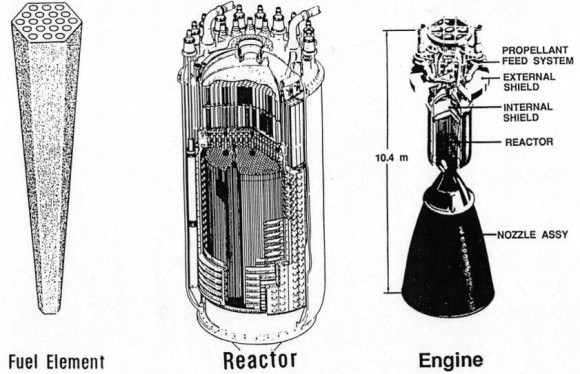
NASA did some tests a few decades ago with a nuclear thermal rocket called NERVA, and found that they could sustain high levels of thrust for very long periods of time. Their final prototype, provided continuous thrust for over 2 hours, including 28 minutes at full power.
NASA calculated that a nuclear-powered rocket would be roughly twice as efficient as a traditional chemical rocket. It would have a specific impulse of more than 950 seconds. But flying a nuclear rocket into space comes with a significant downside. Rockets explode. It’s bad when a chemical rocket explodes, but if a nuclear reactor detonated while making its way up through the atmosphere, it would rain down radioactive debris. For now, that’s considered too much of a risk; however, future interplanetary missions may very well use nuclear rockets.
There’s one more exotic fuel system that’s really exciting – metallic hydrogen. This solid form appears naturally at the heart of Jupiter, under the incredible pressure of the planet’s gravity. But earlier this year, researchers at Harvard finally created some in the lab. They used a tiny vice to squeeze hydrogen atoms with more force than the pressures at the center of the Earth.

It took an enormous amount of energy to squeeze hydrogen together that tightly, but in theory, once crafted, it should be relatively stable. And here’s the best part. When you ignite it, you get that energy back.
If used as a rocket fuel, it would provide a specific impulse of 1700 seconds. Compare that to the mere 450 from chemical rockets. A rocket powered by metallic hydrogen would easily get to orbit with a single stage, and travel efficiently to other planets.
Single Stage to Orbit rockets would be awesome. Science fiction has foretold it. That said, at the end of the day, whatever gets the most amount of payload into orbit for the lowest price is the most interesting rocket system. And right now, that’s staged rockets.
However, a bigger issue might be reliability and reusability. If you can get a single vehicle that takes off, travels to orbit and then returns to its launch pad, you can’t get anything simpler than that. No rockets to restack, no barges to navigate. You just use and reuse the same system again and again, and that’s a really exciting idea.
Right this moment, reusable staged rockets like SpaceX has the edge, but if and when the Skylon gets flying, I think we’ll have some serious competition.
Once we master metallic hydrogen, spaceflight will look very very different. Science reality will nearly match science fiction, and I’ll finally be able to fly my own personal Millennium Falcon.

